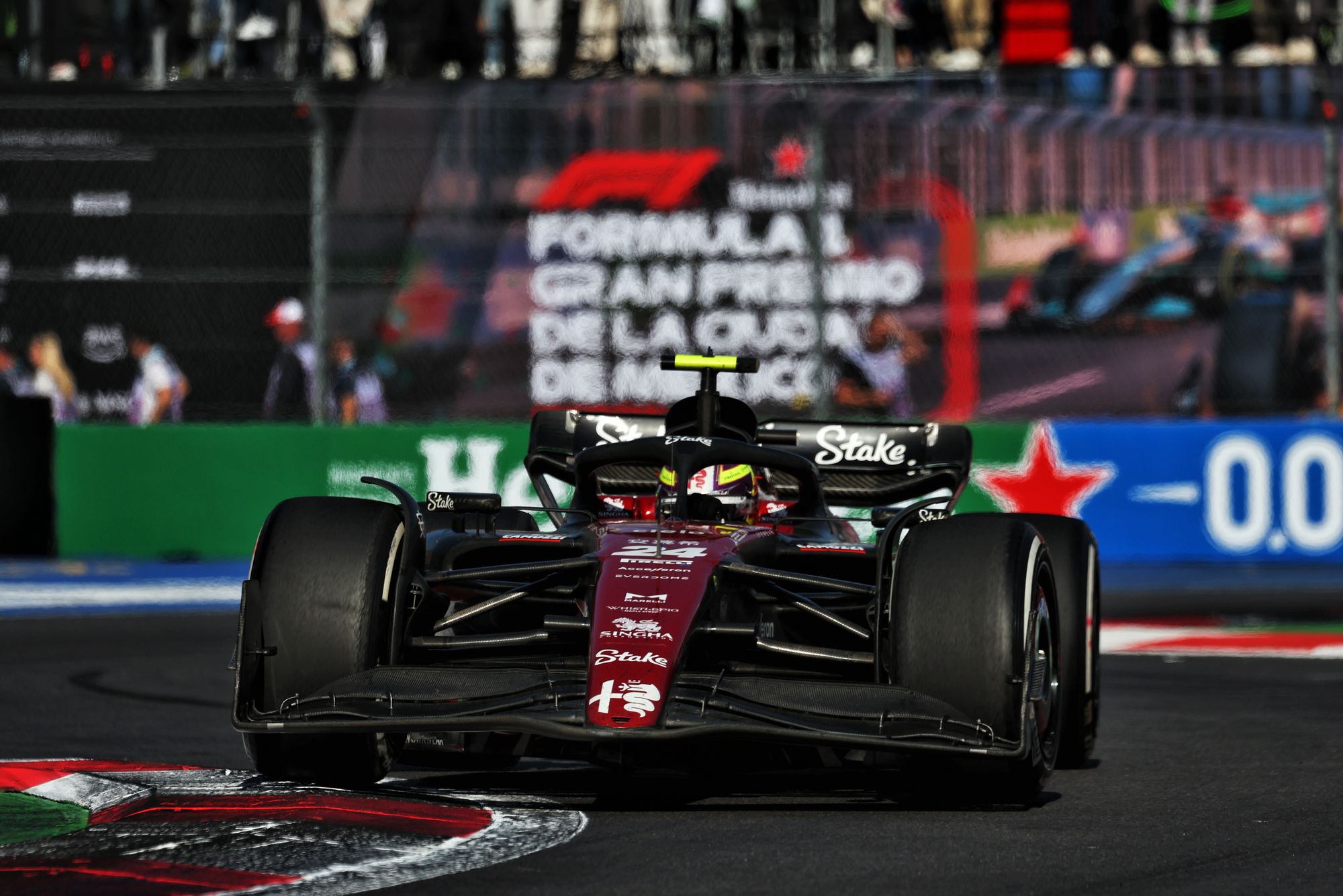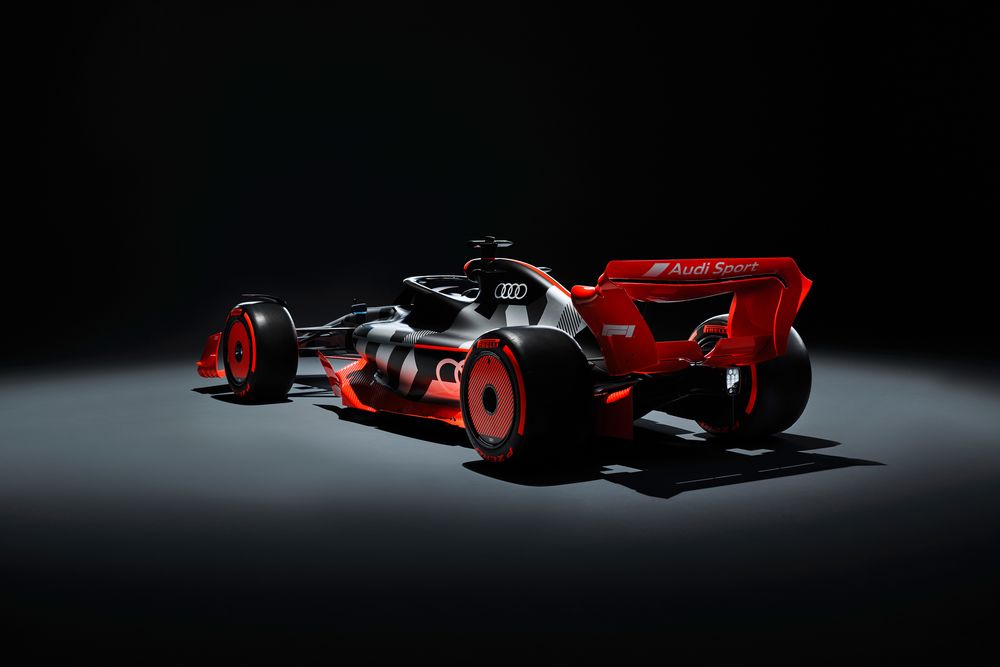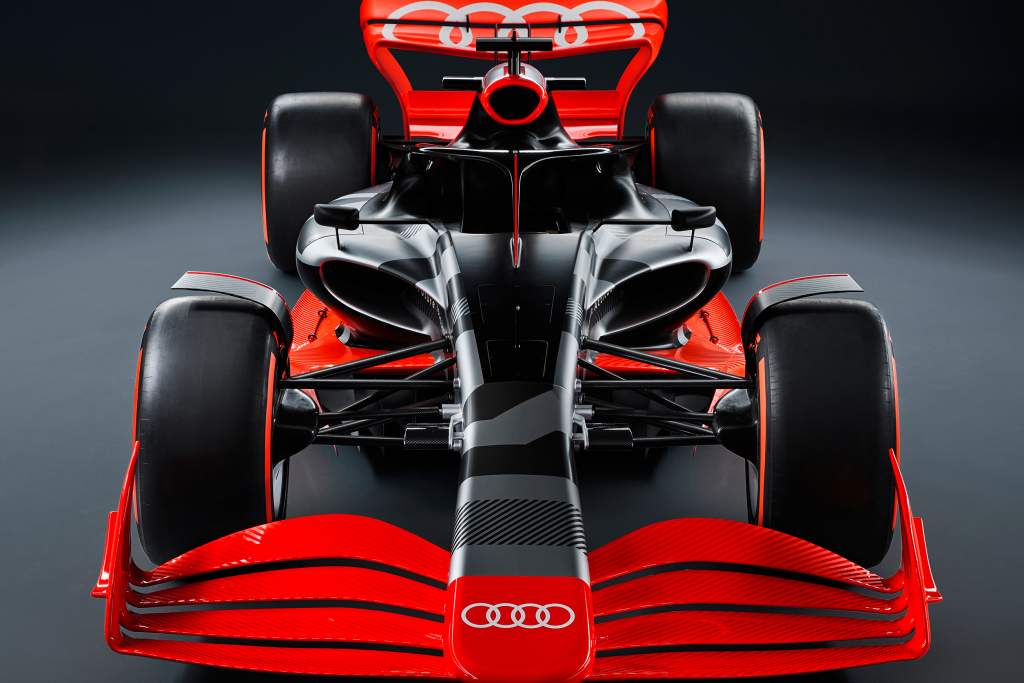Up Next

Audi’s Formula 1 project has become the subject of intense speculation since Gernot Dollner replaced Markus Duesmann as CEO and management board chairman two months ago.
As for the Sauber team that it currently owns 25% of, a stakeholding that will rise to a majority share expected to be 75% by the end of 2025, its reluctance to talk about the ongoing process of ‘Audification’ lies in its naming deal with Alfa Romeo.
That agreement comes to an end after this season, although the team is coy about whether it will spend the next two seasons running simply as Sauber or if there will be new naming partners for 2024 and ’25 ahead of being rebranded as Audi in ’26.
However, The Race understands that the team has had agreements with replacement commercial partners for that period in place since last year.
The situation lends a certain opacity to the progress Sauber is making, which isn’t confidence-inspiring amid the apparently groundless rumours that Audi might be getting cold feet. While the power unit development programme is continuing apace out of sight in its Neuberg base, which has had significant investment sunk into facilities and personnel, the race team is under intense scrutiny during what’s proving to be a disappointing season.
The team's managing director Alessandro Alunni Bravi has stressed that Audi’s commitment is emphatically there and points to the Alfa Romeo deal limiting the level of communication about its evolution the team can be seen to make. That’s perfectly understandable given Stellantis, which owns Alfa Romeo, is paying significant money for the team to be identified under its name rather than being conflated with a rival brand.
“Audi has a strong commitment to Formula 1, together with Sauber,” said Bravi. “This commitment comes from a decision from not only the board of Audi but also the supervisory board of VW. It’s a group decision and the commitment is there.
“Why there is a lack of communication is simple: we are Alfa Romeo F1 Team Stake. Until the end of the year, we have certain limitations in communicating about the team, the future, about the involvement of Audi. We fully respect Alfa Romeo for this and we don’t want to make more announcements than what is strictly related to the races and championship.
“The commitment is there. We are working hard to develop the structure of the team. We have a strong recruitment plan in place. [Technical director] James Key is one but we have on a weekly basis new appointments. It’s not a matter of Audi financing the team or sustaining the development process.
“We have two owners, two shareholders. There is a governance in place according to the different stages of transaction that will be completed ahead of 2026. We are proceeding with the investment plan in according with the governance that’s been agreed.”

So what progress is being made? It’s a fair question given Alfa Romeo was recently shuffled back to ninth in the constructors’ championship by AlphaTauri’s strong form in the USA and Mexico.
The process of Audi-inspired improvement, which is being overseen by CEO Andreas Seidl, started in earnest in January and there has been no significant change to the trajectory, with the objective being to improve all aspects of the race team. That’s despite suggestions earlier in the season that Seidl was eager to accelerate Audi’s investment in order to ensure the progress was rapid enough.
The one thing that has changed is the increase in the CapEx allowance. This will permit Sauber to spend an additional $20million in the three-year cost cap reporting period covering 2024-2026. It’s understood the team will use this to accelerate the plans that are already in place for infrastructure improvements. The cash is apparently available to increase the spending in line with that extra allowance.
As part of this process, the team is also working to expand from its previous staffing level of 550 to around 850. There is no exact timeline for this given that is dictated by how quickly it can recruit the right candidates, but this will bolster the personnel across all departments. It’s understood the team has recently secured an experienced person to take a senior aerodynamic role. Early discussions with potential candidates for race seats in 2026 are also being held in the background.
This builds on the slow growth of the team since it was acquired by Finn Rausing, who is currently still the majority shareholder, in July 2016. Among the improvements made in recent years are those to the windtunnel both in terms of software and hardware and the establishment of a driver-in-loop simulator, which was an area where the team lagged behind.

While the suggestion Audi is about to pull the plug is wide of the mark, the big question is whether even if the power unit package is competitive, the team will be ready in 2026 to deliver on the objectives of being, as then-CEO Duesmann put it in 2022, “very competitive” within three years of its debut.
That doesn’t mean winning immediately, which was described as “not realistic”, but certainly being better than where Sauber is now in the battle for positions seven through 10th in the constructors’ championship.
Sauber is making progress. The real question is whether it’s going to be improving enough in order to make up for the years of underinvestment in the post-BMW years starting in 2010, particularly in the period before Rausing acquired the team.
Twelve months ago, the task if anything looked very slightly easier given the team’s strong start to the new regulations and its jump to sixth in the championship. However, that was followed by a car that suffered from not setting high enough performance targets for 2023, albeit one that has at least made reasonable development progress throughout the season.
Audi and Sauber have a long way to go, but the fear isn’t that it will be undone by the rug being pulled from under the project. Instead, it’s that the current plan might not be aggressive enough to deliver on Audi’s ambitions from 2026 onwards.






